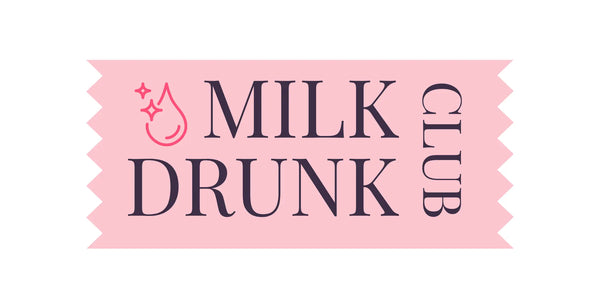You’ve done the skin-to-skin, the latch check, and maybe even the nipple shields, but deep down you’re still wondering… is my baby actually getting enough milk?
You’re not alone. This is the #1 question I hear from new moms — whether they’re one day in or three months deep. Because let’s be real: boobs don’t come with ounce markers. (Wouldn’t that be nice?)
The Science Behind Milk Supply
Here’s what the evidence says:
Your baby’s milk intake is best measured by their output and overall growth, not by how long they stay latched or how “full” your breasts feel. Babies who are feeding effectively should:
-
Have at least 6 wet diapers and 3+ poopy diapers per day by day five
-
Be alert and satisfied after most feeds (not constantly frantic at the breast)
-
Regain birth weight by 10–14 days of life
If your baby’s doing all that — congrats, you’re producing plenty.
If not, don’t panic. Sometimes the issue isn’t your supply; it’s how efficiently your baby’s transferring milk. Tongue tie, shallow latch, or even sleepy feeding can all throw things off.
That’s where an IBCLC (International Board Certified Lactation Consultant) like me comes in. We assess the whole picture — the latch, positioning, baby’s oral function, and your milk flow — to find the real “why” behind any feeding struggles.

The Myth of “Low Supply”
Let’s bust one myth right now:
True low supply is rare.
Most cases are actually perceived low supply, meaning milk production is fine — it’s just being managed in a way that sends the wrong signal to your body.
Every time milk leaves your breasts, your body gets the message to make more. So when feeds are skipped, cut short, or topped off with formula, your body thinks, “Cool, we don’t need as much!”
That’s how the “top-off trap” begins — and trust me, that’s a whole blog on its own (coming soon 😉).
Quick Expert Tips to Boost Milk Transfer

Here’s what I tell my Milk Drunk Club moms:
-
Feed early, feed often. Aim for 8–12 feeds per 24 hours.
-
Keep baby close. Skin-to-skin isn’t just sweet — it actually triggers milk hormones.
-
Use breast compressions. Gently squeeze during feeds to help baby get more milk and stay interested.
-
Watch the baby, not the clock. Let them finish the first side before switching.
And please, please don’t obsess over pump output. Your pump is not your baby — and it’s a terrible judge of how much milk you actually make.
The Milk Drunk Truth
If your baby’s snuggled up, milk-drunk, and snoozing with that satisfied floppy-limbed look — that’s your proof. You’re doing it.
And if you’re still unsure, book with a lactation consultant before turning to Dr. Google. You deserve real answers, not random internet opinions (except this one 😉).




